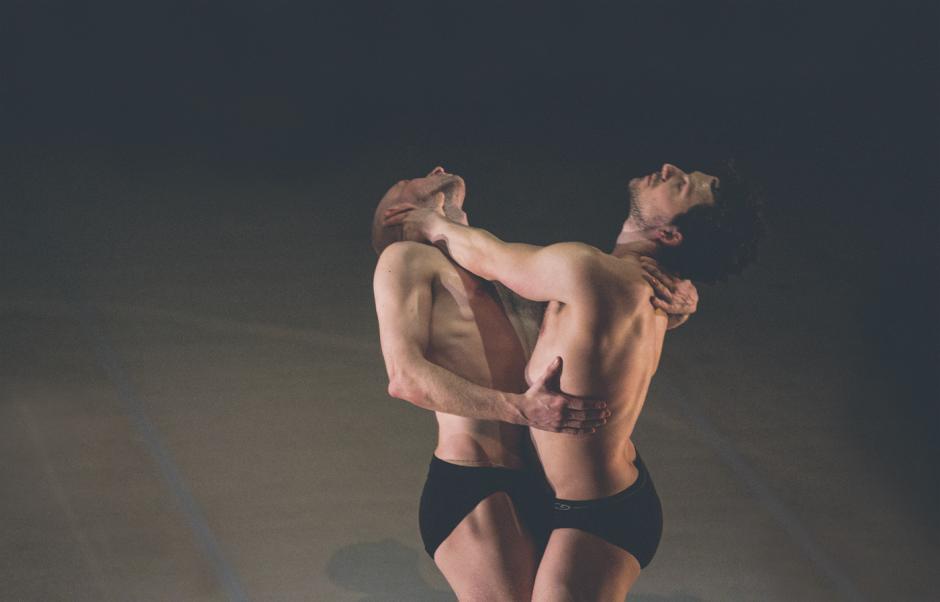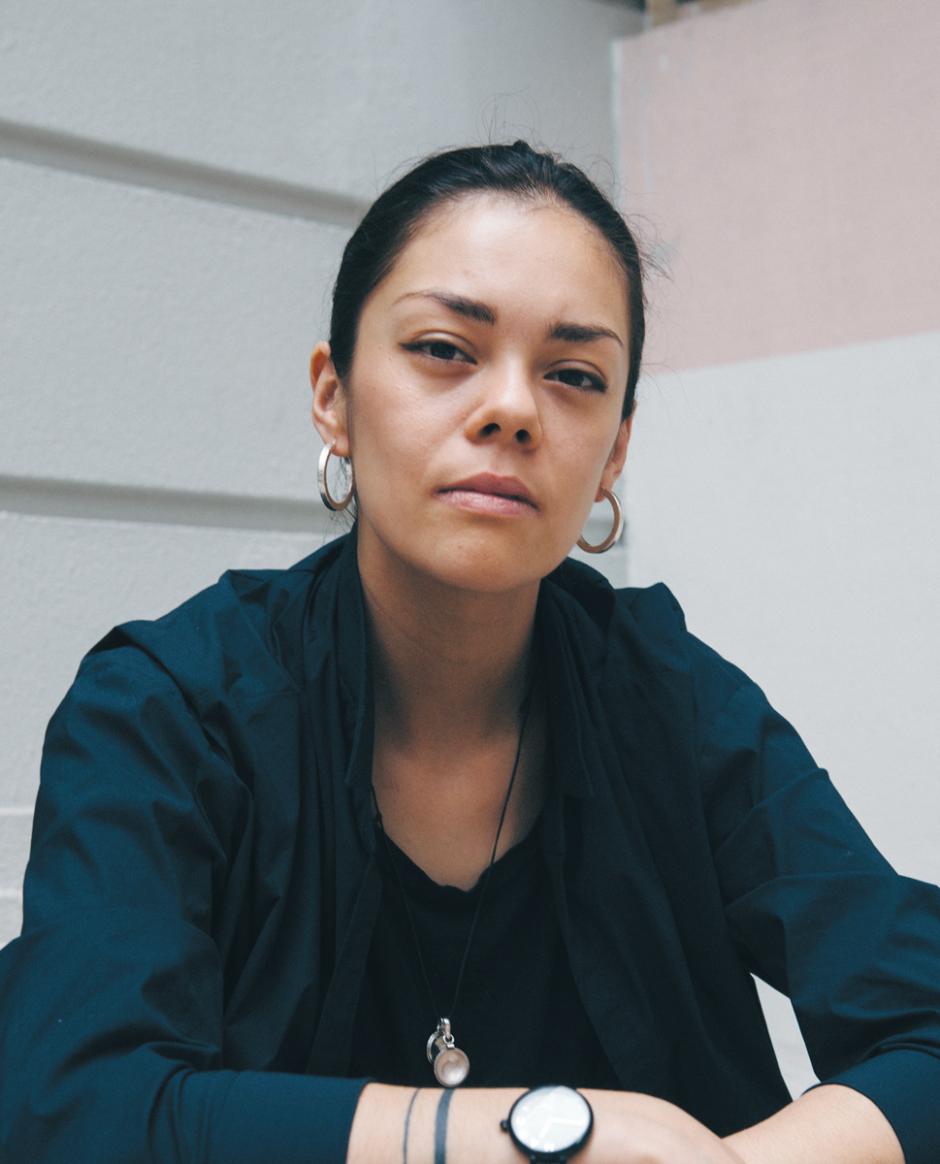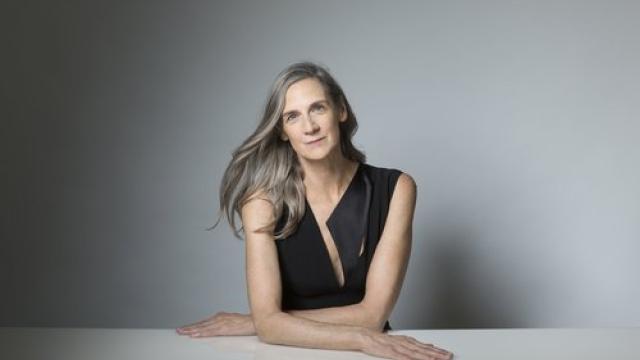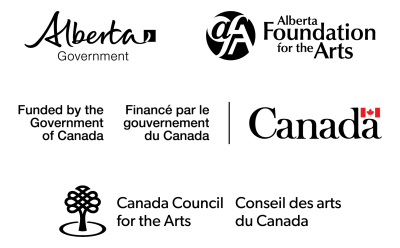InStudio: Crafting the Universe

Photo by Kirithi Kumar Barik
Originally from Bogotá, Columbia, Andrea Peña is multi-disciplinary in the truest sense, with a creative practice rooted in choreography, performance, and industrial design. After travelling the world as a professional dancer, Peña began to create her own multi-layered works and soon established her company, AP&A, in Montreal.
An AP&A piece is a raw, sensory experience, marked by a style and approach that pushes the boundaries of performance in the dance world. Peña and her company won Banff Centre’s Clifford E. Lee Choreography Award in 2018, comprising a cash prize for the commission of a new work, and support for two residencies in Banff. They return this winter for their second residency, where they will continue developing Peña’s new work, Artifice Manifesto, for premiere in 2021.
You describe Artifice Manifesto as an exploration of five dancers, in conversation with the hegemony of a machine, an opera singer, and a DJ. Why was it important to you that the dancers be in conversation with these objects and individuals—what you call “external forces”?
Artifice Manifesto is a piece that looks at artifice in our society, as a social structure we exist within. So, how does artificiality affect our humanity? How does technology impact us and how we relate to each other? Artifice, for me, is the seductive aspect of technology, what we’re swimming inside and outside of. I want to look at how we get pulled into artifice. To me, it’s the metaphor of a mask, of how we get drawn into this mask with technology.
The three external forces I have chosen break the piece down into three tableaux. Rather than use a linear narrative, where there is a beginning and a climax, I wanted to present three different facets for the audience so they can create their own links.

Choreographer Andrea Peña
You’ve noted your interest in the disruption of the unfamiliar, of presenting “the alternative possibility” to an audience. Your work also looks at themes of homogeneity, external influence, and social systems. How aware are you of these themes as you create? How do you create a universe in a performance?
For me, the language of the body is so important. In my work, I want to merge the conceptual or philosophical questions with the rigour and physicality of the body. The work takes awhile to find the language of the body, and each piece has a very specific corporeal language—a way of inhabiting the dancer to reflect these questions and express these ideas.
The other aspect is the systems that reflect the universe, so in Artifice Manifesto, there are three systems that create an environment for the dancers to inhabit and negotiate within. All these layers start to craft the universe. It’s like a tornado or vortex of spinning energy. Once you find that energy, you can contain it and use lighting...as well as costumes...to create a visual frame. They start to contain an energy that becomes more specific for the audience to read.
What are the links between identity and performance, to you?
The first link is my background as a Latin-American who immigrated to Canada when I was a teen. I realize I’m creating these universes because it’s a way for me to create other “social imaginaries” to reflect our society. I exist in between two cultural identities, and I realize so many of us exist in this gray area, where we don’t fit within either container, and that is where these universes come in.
As for the work itself, I always tell my dancers, do not perform. I don’t want them to present as performers, I want them to present as human beings embodying and negotiating a situation. My goal is to reflect who the artists I work with are and leave space for them to negotiate the work as people. I try to focus on reflecting the individuality of the dancers and how the audience sees them as performers.
As an artist, how do you view your work in the context of the Canadian dance landscape?
I feel I fit within the Canadian dance landscape, but I’m also trying to challenge it. I’m trying to place myself in the in-between; I love the ambiguity and depth found in this space. Because I’m Latin-American, for example, rhythm is very present. Latin-American philosophies around vulnerability are also huge pillars in my work. How do we show vulnerability on stage?
I don’t think we investigate the in-between enough. For me, as an artist, I want to dig inside of the complexity of this space and show the relationship between the familiar and the unfamiliar on stage.






